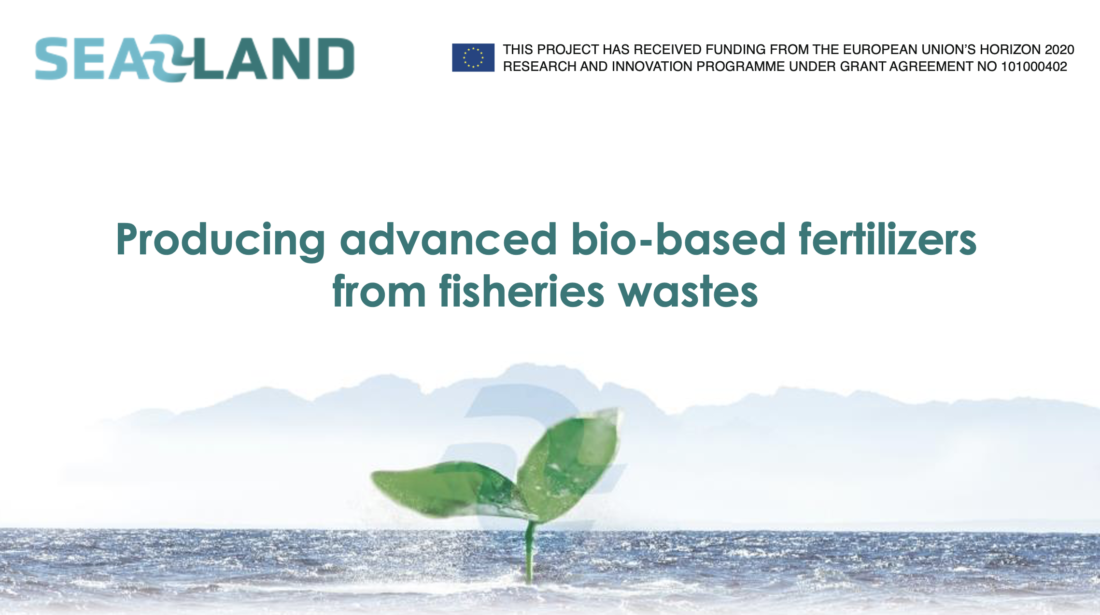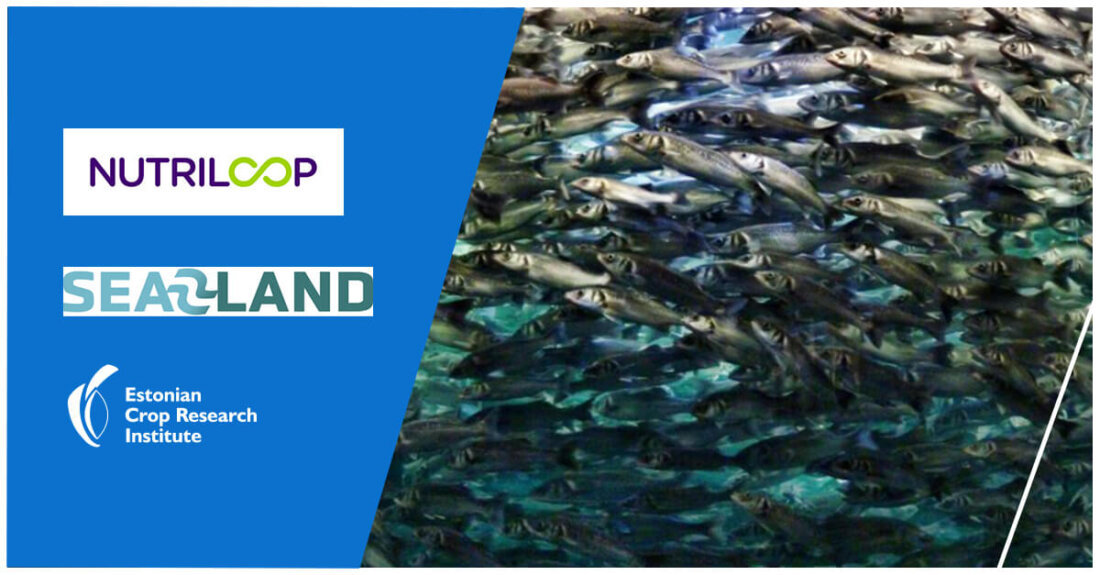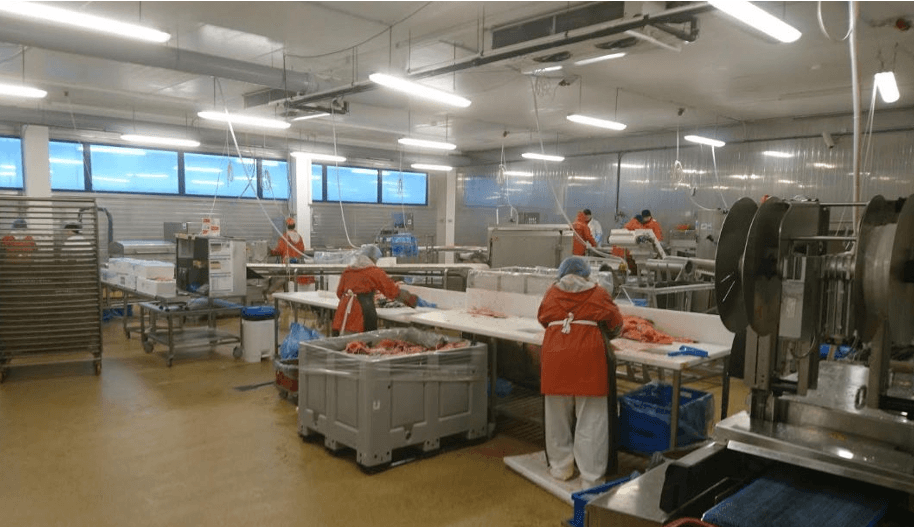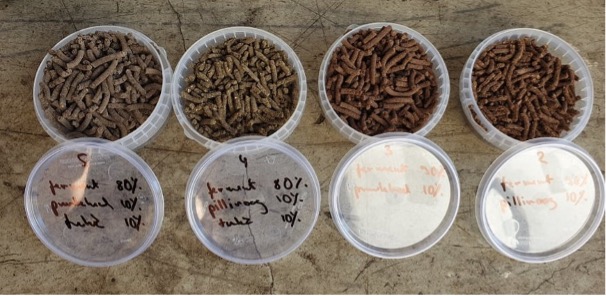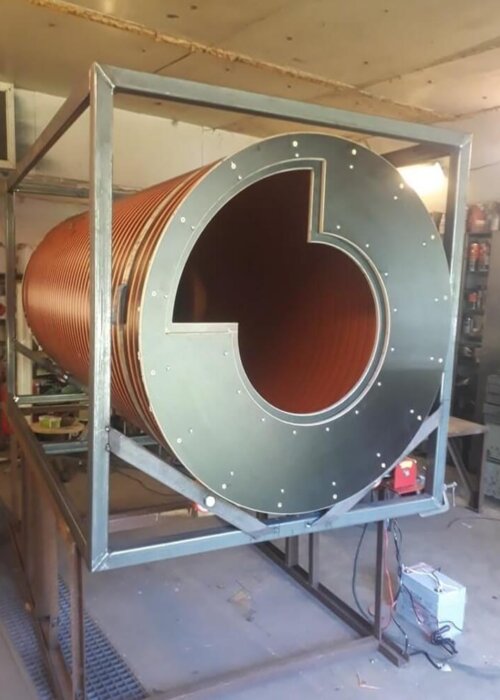The main focus of this case study is on the valorization of the fish waste, such as particles of flesh, skin, bones, entrails, viscera etc. At the moment, fish waste is a major problem for small-size fish processing companies, since selling it to the feed production does not pay off the transportation and conservation cost.
There is also a problem with the fish that is being caught from the lakes, but which is too small and needs to be thrown back to the water. Such fish die shortly after its release and pollute the lake water.
Since the volumes of fish waste alone are not enough for local solutions, it is beneficial to combine fish waste with other biowaste streams such as tree leaves and food waste from catering. It also enriches the fertilizing quality of the products.
On the agricultural side, ECRI will conduct a series of pot testing with the initial products that are liquid fertilizer, granules and vermicompost. Finally, the selected end-products will go to field testing. It is expected that the local fish processing industry, restaurants as well as farmers will benefit from such a circular model and that in the future, it will be exportable to the rest of Europe and world.
[1] Baffes, John; Koh, Wee Chian, World Bank Blogs. Soaring fertilizer prices add to inflationary pressures and food security concerns, November 15, 2021: https://blogs.worldbank.org/opendata/soaring-fertilizer-prices-add-inflationary-pressures-and-food-security-concerns (23.11.2021)
Testing of granules
Prototype building for biowaste fermentation
If you found this post interesting and valuable, please share it!


